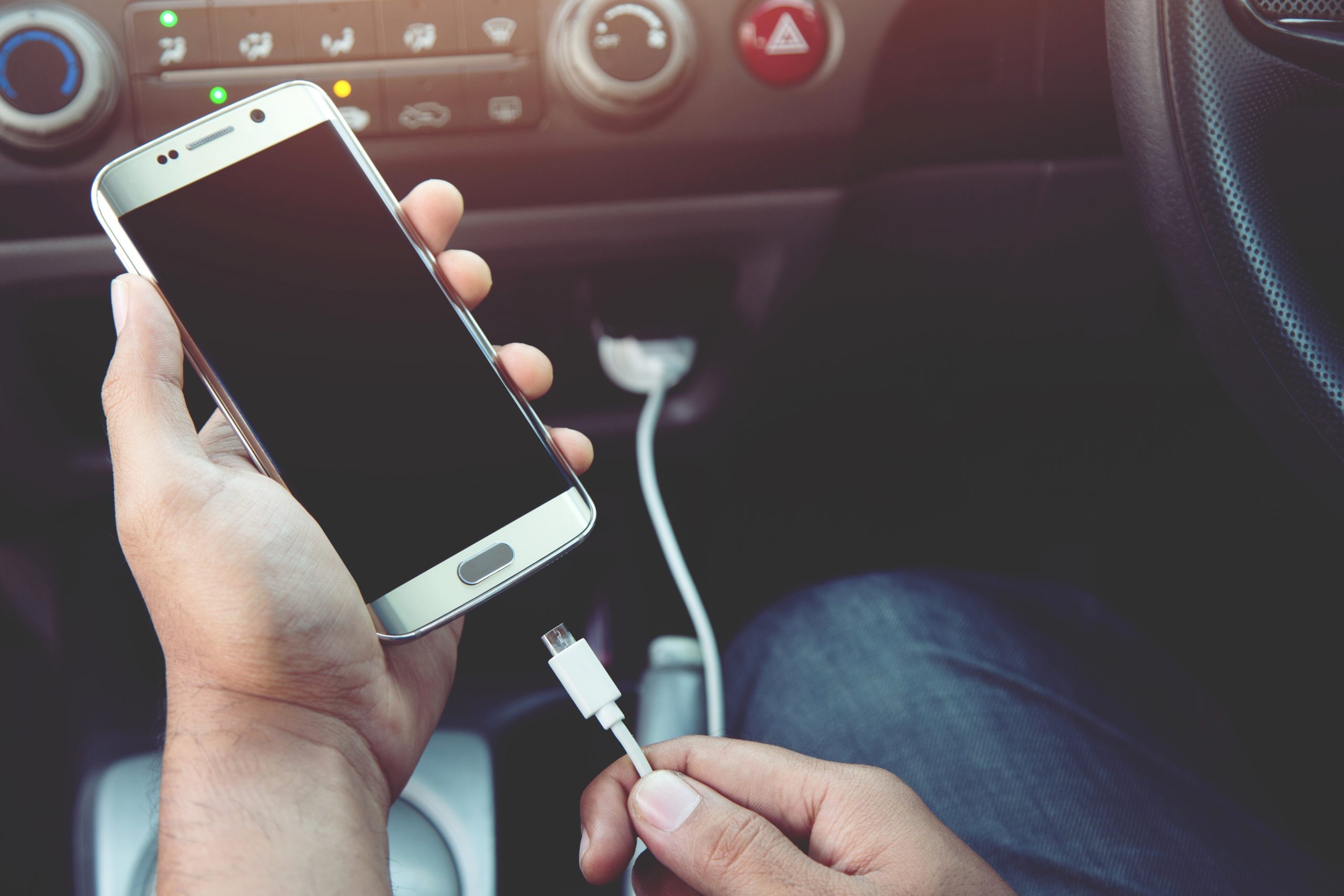There is an increasing need for efficient and reliable chargers nowadays, in an era where a big part of our lives exist in a digital world. These chargers are not only needed for phones, cameras, or laptops, but also for bigger machines like automotive vehicles. As such, chargers have evolved to accommodate our needs of bigger, better, faster. In this article, we’ll explore the realm of chargers and explore various types, including mobile device chargers and charging stations for electric cars. Furthermore, it touches upon the importance of data, and specifically the EV charging stations dataset, and the development of EV charging infrastructure.
Table of Contents
Mobile device chargers
Let’s start small and begin with the chargers that we interact with on a daily basis: chargers for our smartphones, tablets, and other portable gadgets. These chargers can be subdivided into two main forms, namely wireless and wired. Wired chargers use cables like USB and USB-C to connect your mobile device to a power source. On the other hand, wireless chargers work with electromagnetic field in order to transfer energy from a charging pad or stand to the device. Here, there is no need for physical connection, but the two components need to be close together in order for it to work.
Laptop and notebook chargers
Even though laptops and notebooks count as mobile devices, these chargers are different from their smaller mobile counterparts. The are typically larger and more powerful, working with a power adapter that connects to the laptop/notebook through a specialized cable. Through these chargers, the batteries are supplied with sufficient power while the device is powered off, and even when it is in use. The cables often vary between different kinds of laptops, though a USB-C charging cable is becoming more normalized for laptops nowadays as well.Â
Electric Vehicle (EV) chargers
Public or non-public charging stations are a crucial aspect of EV ownership. They come in three different levels that cater to the different charging requirements for EV owners. Level 1 chargers use a standard household electrical outlet and provide a slow charging rate. This makes the level 1 chargers suitable for overnight charging, or any other moment when you’re not in a rush. Level 2 chargers offer faster charging times, but they require a dedicated charging unit. They are popular for residential and commercial installations. The level 3 chargers, also known as DC fast chargers, provide high power charging capabilities and are typically found at public charging stations or along highways for quick top-ups.
EV charging stations and infrastructure
The expansion of EV charging infrastructure is pivotal to support the adoption of more electric vehicles. These stations can be found in various settings, like public parking lots, shopping centers, workplaces, and residential areas. Furthermore, EV charging stations dataset plays a crucial role in the planning and development of charging infrastructure. It provides valuable information about the location, type, and capacity of existing charging stations, ensuring they are strategically located and that they meet the growing demand for EV charging.
Chargers have come a long way, evolving to meet the diverse needs of our tech-centric society. From mobile device chargers to EV charging stations, these power-delivering devices play an integral role in keeping our devices and vehicles running smoothly. As technology continues to advance, we can expect further innovations in charging solutions, providing us with faster, more efficient, and environmentally friendly ways to power our devices and vehicles.
